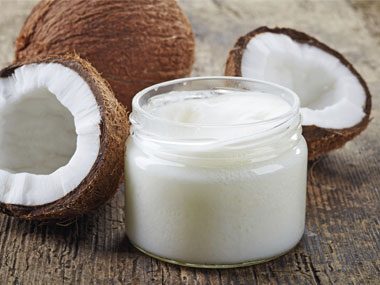
Cook rice in coconut oil
Sri Lankan researchers recently discovered a tweak that cuts the calories in rice—in half. Add a teaspoon of a healthy oil, like coconut oil, to boiling water before cooking a half a cup of rice for forty minutes. Allow the rice to cool in the fridge for 12 hours. The fat in the oil transforms the rice’s digestible starch into resistant starch (which our bodies can’t digest, so we consume fewer calories). The coolness of the refrigerator promotes the conversion to resistant starch. Not a fan of cold rice? Once resistant starch has been created, it will remain that way whether you eat the cooked rice cold or reheat it. Here’s how you can use coconut oil beyond the kitchen.
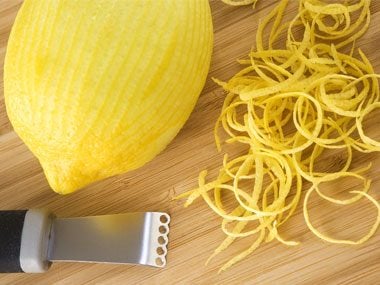
Zest your dough
Stir in a tablespoon of lemon zest to sprinkle your dessert with bright flavor. The lemon adds depth to your pastry without the extra calories of sugar or other ingredients. Most tasters won’t be able to identify the lemon specifically; they’ll likely just notice it tastes richer than plain cake. This is how lemon can help you use less salt.
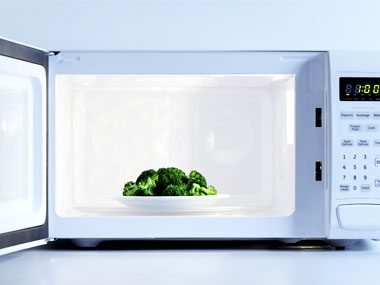
Make veggies in the microwave
Surprise! Your microwave may cook a healthier meal than your stove. Boiling certain vegetables can cause nutrients to leach into the water. Broccoli, for example, loses a sulfur-containing compound that may have cancer-fighting properties. The best method for preserving these water-soluble nutrients is to microwave them with a little water. Microwaving cooks foods quickly and uses the least amount of liquid, so the veggies retain the most vitamins and minerals. These are other surprising ways you might be using your microwave wrong.

Oil up with applesauce
Cut down on cooking oils and butter by substituting them with unsweetened applesauce. The applesauce not only adds fiber and nutrients like potassium and vitamin C, but it also makes baked goods mouthwateringly moist. Substitute half the oil the recipe calls for with an equivalent amount of applesauce.
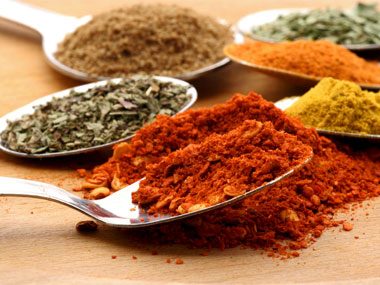
Skip prepackaged seasoning
Prepackaged mixes are often loaded with salt. Some have about 2,500 mg per package, which is more than many health organizations recommend we eat in an entire day. (The American Heart Association advises people consume 1,500 mg of sodium or less). And prepackaged seasoning can be more expensive than using the spices you have in your kitchen. For example, instead of grabbing grocery store taco seasoning, mix chili powder, garlic powder, paprika, cumin, and a sprinkle of salt for savory, guilt-free taste. These are other foods you might be using wrong.
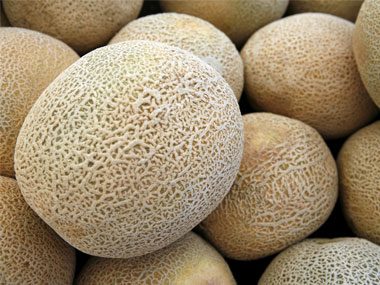
Keep melons out of the fridge
Whole (unsliced) watermelon, cantaloupe, and honeydew may be more nutritious if stored at room temperature. A USDA study found that room temperature watermelons have nearly double the levels of antioxidant compounds such as lycopene and carotenoids. The production of these nutrients is stunted when melons are kept cool. Sliced melons, however, should be kept in the fridge to prevent bacterial growth. These are other foods you might be storing wrong.
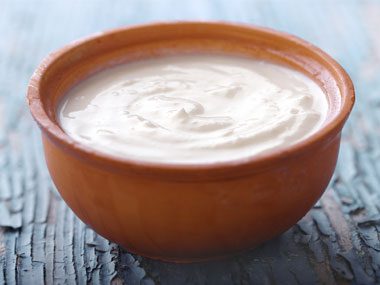
Cook with Greek yogurt
Nonfat plain Greek yogurt has a consistency and tangy taste similar to mayonnaise and sour cream, but with far fewer calories and fat. If a recipe calls for mayonnaise or sour cream, use the same amount of Greek yogurt in its place. This swap also packs extra filling protein. Add your favorite seasonings (such as dill and garlic for dips like Greek Tzatziki sauce) for extra flavor.
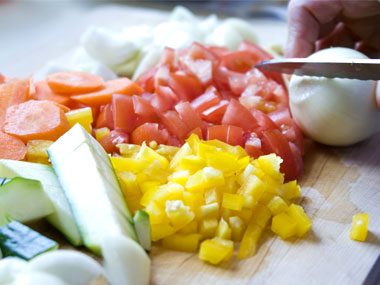
Make soup chunkier
Don’t have time to make soup from scratch? Just add vegetables (chopped celery, carrots, and onions, for example) to your favorite low-sodium canned soup or a plain broth to bulk up on nutrients. No need to pull out your cutting board: Simply microwave a steamer bag of pre-chopped vegetables and add to hot soup.
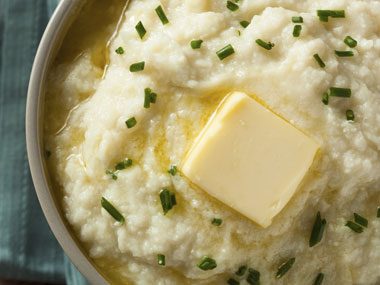
Swap out spuds
To cut calories and carbs in mashed potatoes, replace the spuds with cauliflower. One cup of plain mashed potatoes has 214 calories and 35 grams of carbohydrates, while one cup of mashed cauliflower has 142 calories and 8 grams of carbohydrates. The color and texture of mashed cauliflower is so similar to mashed potatoes that you might just forget you’re eating a veggie loaded with nutrients. Cut cauliflower into small pieces, then cook in boiling water for about six minutes. Let cool, pat dry, then use a hand masher or food processor to blend until smooth. Garnish with garlic, chives, and bit of butter.
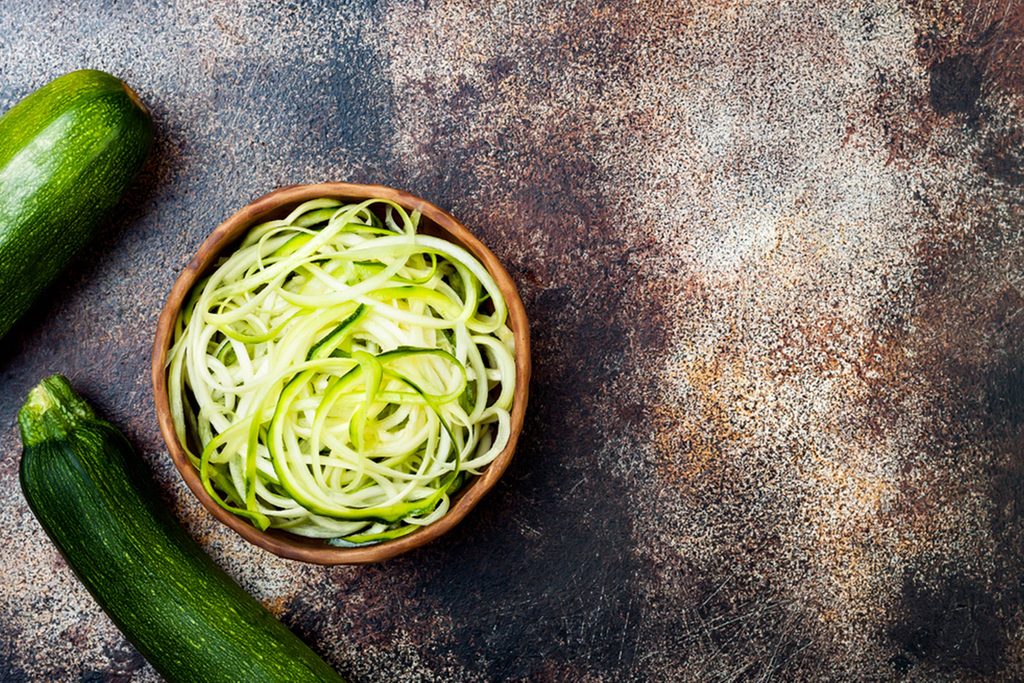
Embrace “zoodles”
“Zoodles” are the new noodle, literally. Swap out carb-heavy pasta for lighter, nutrient-packed veggie noodles. Most people use a spiralizer to turn zucchini into skinny strips that twirl like spaghetti, but you can also “zoodle” carrots, turnips, and any other vegetable that isn’t too watery. Besides delivering an extra dose of vitamins and minerals, vegetable noodles cook super fast and hold up to your favorite sauce or traditional pasta toss-ins. Try making a carbonara with zucchini or a spicy sesame sauce using carrots.